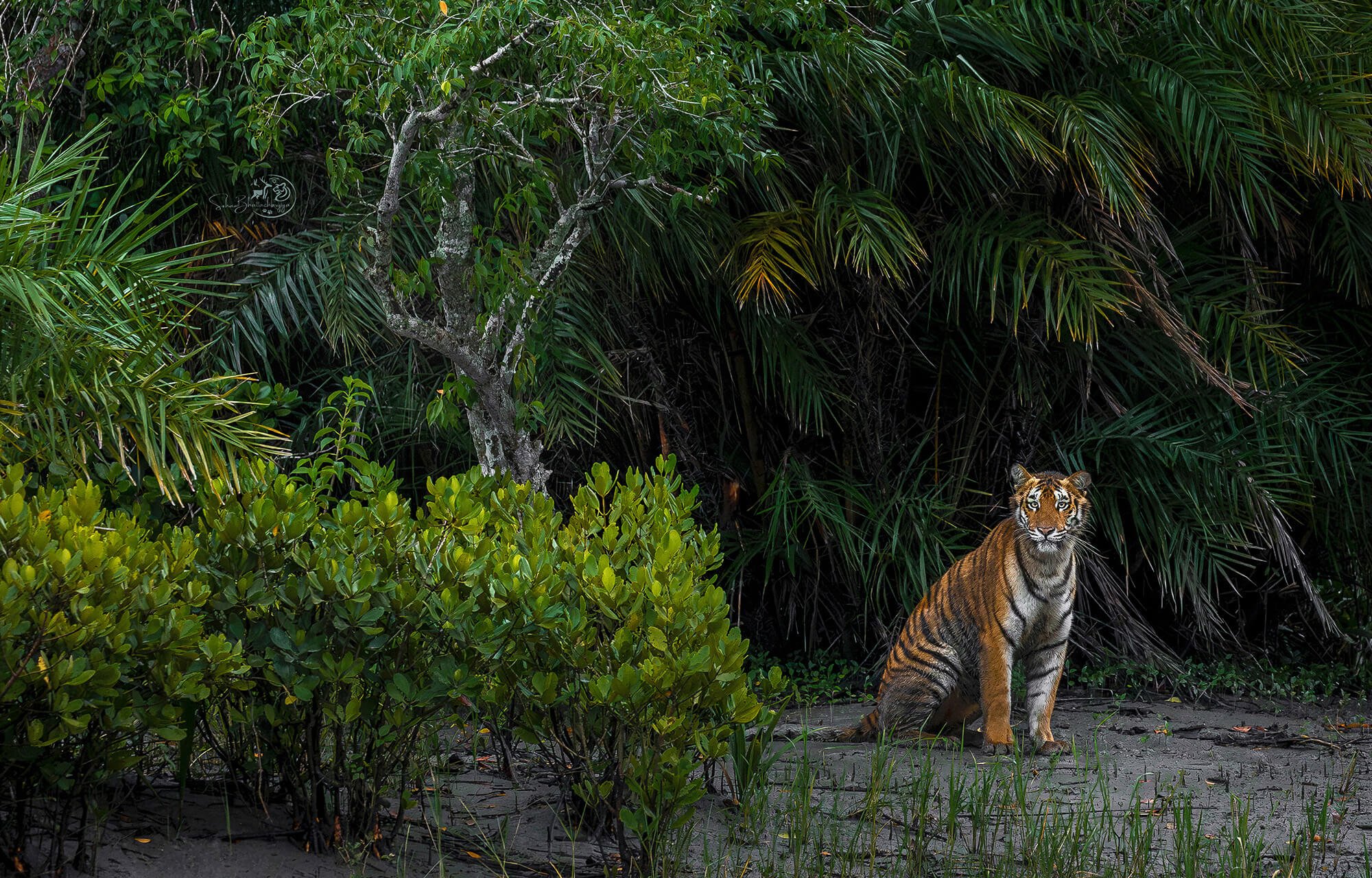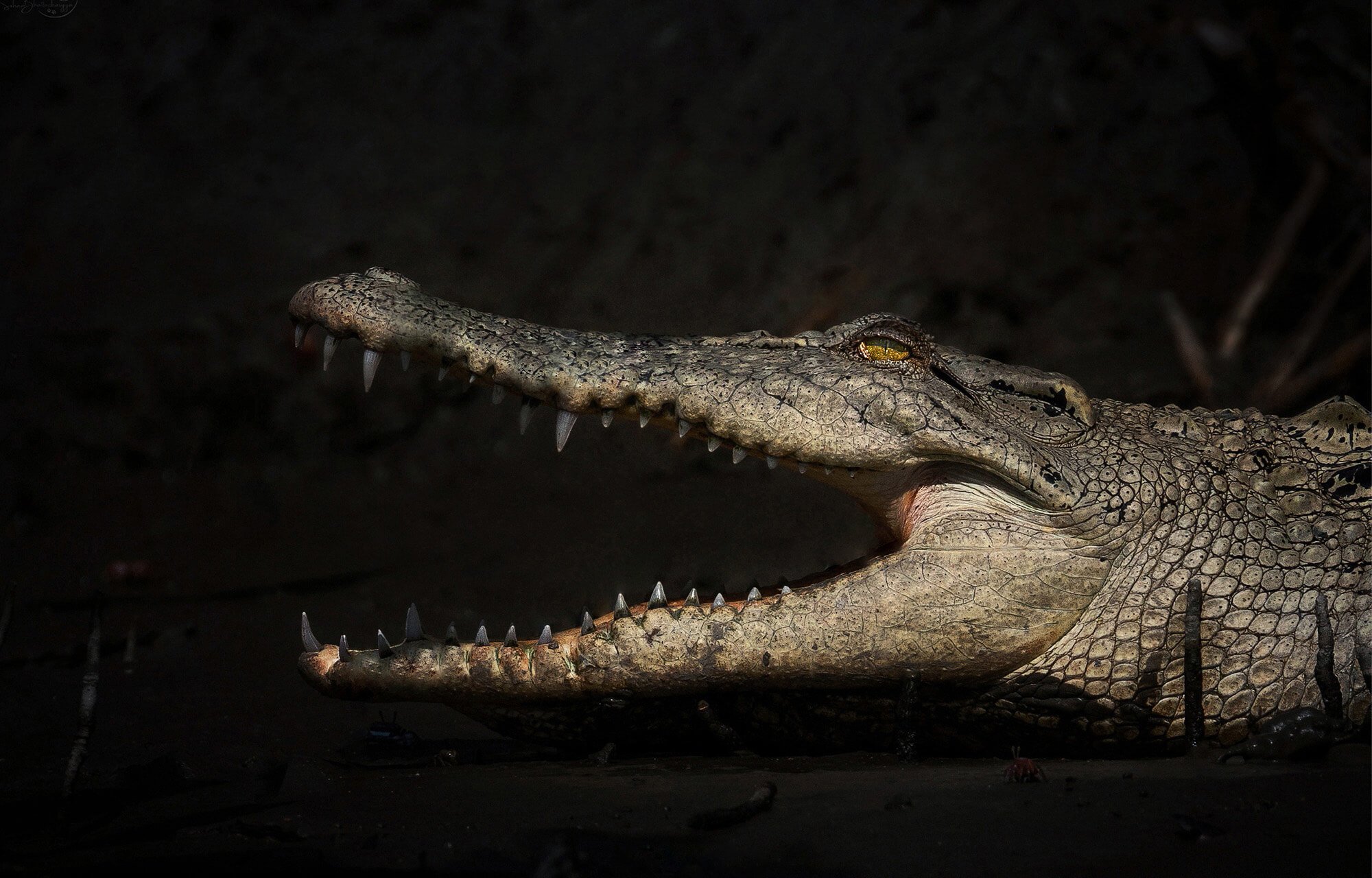IN FOCUS: SOHAM BHATTACHARYYA
We speak to the winner of the Mangrove Photography Awards about life in The Sundarbans, the largest mangrove forest in the world
2023 marked the ninth year of the Mangrove Photography Awards, an initiative created by the Mangrove Action Project, a mangrove conservation and restoration non-profit working around the world. The awards is a project that started out as a hobby, with the aim of showcasing the beauty of coastal forests around the world. “Many people worldwide still viewed them as unimportant, mosquito-filled waste grounds,” explains the organization’s creative director Leo Thom. “So the idea was to try and change that attitude through photography.”
In 2020, the initiative exploded when the renowned photographer and marine biologist Cristina Mittermeier agreed to be a judge and the number of people entering the contest shot up drastically, leading to coverage in the Guardian and the BBC. “We started developing categories for submission and the awards became not just about capturing beautiful imagery, but more about what the image is telling us about mangroves whilst highlighting the importance of their protection,” says Leo. “The ultimate aim is for these images to kick start mangrove conservation on the ground.”
Mangroves may only make up around 0.1% of our planet’s surface but are one of our best habitats for storing carbon via their rich soils, and have the capacity to store up to five times more than inland forests. They’re ecosystems that contain a huge amount of biodiversity, including endangered wildlife, and act as a nursery for much of our marine life. Mangroves are vital to human life – almost three quarters of the global population live within 50km of the sea and these forests protect those who are most vulnerable from tropical storms, erosion and tsunamis.
This year’s Mangrove Photography Awards contest was won by Soham Bhattacharyya with his image called “The Finest Flower Of The Mangroves”, showing a Royal Bengal tigress staring straight back at his camera in the Sundarbans, the largest mangrove forest in the world, situated mostly in Bangladesh with a smaller section located in India.
At the time of writing, Leo and members of the Mangrove Action Project are currently in the Sundarbans, scoping out opportunities for restoration and training projects, especially urgent given that the forest, like many other ecosystems across the world, is declining in size and health. Soham joined them and we caught up with him to talk about his award-winning photo, the future of the Sundarbans and more.
Q & A
When did you start taking photos and what inspired you to begin?
Ever since I was a teenager, I always wanted to capture my favorite moments and memories. At that time we had a Kodak 35mm camera at home, with which I used to take pictures very casually. But I started taking it seriously in 2015, when my parents gifted me my first DSLR camera. My journey as a photographer started here. As a novice I mainly did street, architecture and cityscape photography.
When did you start taking photos of wildlife and why is this subject important to you?
Bengali literature is the sole reason behind my love for forest and wildlife. I used to read a lot of Bengali story books. In this context, I would like to mention three legendary Bengali authors of our country, namely Buddhadeb Guha, Bibhutibhushan Bandyopadhyay and Satyajit Ray, whose writings developed a strong interest in forests within me from my boyhood. In the English language, The Jungle Book by Rudyard Kipling and various stories by Jim Corbett only intensified my love for the wild.
On the other hand, my degree in Zoology shed light on the crucial & unparalleled environmental role played by animals and birds. In 2017, during my Masters, I got my first chance to witness a proper forest, The Ranthambore National Park in India, when I was participating in an excursion organized by the Zoology department at our university. Witnessing tigers and diverse wildlife in their natural habitat for the first time left an indelible mark on me and then I decided to channel my passion of photography into wildlife. Now, after six and half years on this incredible journey, each visit to a new forest or natural area still feels fresh. Perhaps this is the magic of the wildlife world.
Your photo of a Royal Bengal tiger in the Sundarbans is beautiful — is it dangerous to photograph in this area?
First of all, thank you very much for acknowledging my image. We all know about the conflict between tigers and humans in the Sundarbans. This conflict arises due to the area's dense population of around 4.5 – 5 million people. As a result of this highly dense population, people often fall prey to tigers (the amount of natural prey for tigers is also scarce here). However during safari and photography we navigate in large boats, keeping a safe distance from tigers. When photographed peacefully, adhering to the wildlife viewing protocols, it is not at all dangerous but quite thrilling.
The Sundarbans is changing due to rising sea levels and human impact. How have you noticed the area change over time?
Yes I have and it is very unfortunate. Due to climate change and rising sea levels, the mangrove delta is facing significant degradation. There are cyclone and storm surges, frequent embankment failures, destructive coastal erosion and flooding. As far as human impact is concerned, industrial development, water pollution, loss of natural food resources of various creatures due to increasing fishing & shrimp aquaculture are posing threats to the mangroves, which is scary indeed. I have been going to the Sundarbans frequently since 2019 and it is undeniable that I've witnessed some negative impacts. Nevertheless, several people are trying to make everyone aware about the whole scenario, its consequences and also potential remedies through various campaigns. We also try to do the same through our photographic work.
How does your degree in Zoology help to inform your photography?
Studying Zoology unveiled the significance to me of animals and birds on Earth, broadening my awareness. This subject has helped me a lot in another aspect, I’ve learned a lot about the behavior of wildlife. If one has enough knowledge about the behavior of animals, it is possible to capture the perfect moment on camera. But, it is also true, beyond studying in academics; I have observed animals with my own eyes and learned a lot from them too. In fact, nature is such a subject that one life is not adequate to fully assimilate her. The environment herself is like an endless academy.
What do you love about photographing mangroves?
Mangroves may not be so-called beautiful-looking forests compared to other natural areas, but like the tundra region, they are recognized as the harshest regions on earth. When we see in such areas that apex predators like tigers have been able to survive and reproduce for a long time, it increases the respect and passion for both tigers and mangroves. The Sundarbans are the only mangroves in the world where tigers have reigned for so long. Besides, the ecological importance of this region is also great. The stability and strength of the shoreline depends on the root structure of the various mangrove plants. Also, mangroves act as a natural barrier and protect us from sea-borne cyclones. In addition, mangroves store more carbon than terrestrial forests, thus contributing immensely to reducing CO2 in the atmosphere. In the era of global warming, this matter must be highlighted separately. Because of these various scientific and emotional observations, my immense love and attraction for mangroves has developed.
What gives you hope for the future of the Sundarbans?
Despite facing various challenges such as rising population density and heavy damage caused by floods every year, when I hear the news of the number of the tigers increasing in the Sundarbans, it sparks a sense of hope in me. Being always optimistic about the swampland, I believe that by shouldering several responsibilities, both government and citizens can make a difference. By raising awareness about the significance of mangroves, increasing the mangrove cover there, taking care of them, saving them from any kind of pollution like responsible citizens, controlling our growing demands and above all, taking adequate steps to reduce global warming, I believe the Sundarbans will regain her lost allure. Let's hope for the best. Additionally, if this photograph, which won me the title of 'Mangrove Photographer of the Year', can draw attention to the Sundarbans, raising interest and awareness among people, I'd feel immensely fortunate, knowing that my photography has served a meaningful purpose.
Do you have a favorite animal that lives in the Sundarbans, and why?
Overall my favorite animal is the tiger. I would like to also mention two of my favorite animals besides the tiger — the red fiddler crab and the mudskipper. They play a major role in shaping the mangroves. Red fiddler crabs are allogenic engineers and their active incorporation of leaf-litter ensures the retention of mangrove productivity within the ecosystem. Mudskippers (small amphibious fish) are considered keystone species in mangrove habitats. They play an important role in maintaining the balance and mobility of mangrove ecosystems by preying on small crustaceans, grazing diatoms and algae from mudflats. So in the future, I have a wish to document these two species through my camera. Hopefully, I can fulfill it soon.
"I have observed animals with my own eyes and learned a lot from them too. In fact, nature is such a subject that one life is not adequate to fully assimilate her. The environment herself is like an endless academy."
Soham Bhattacharyya



















